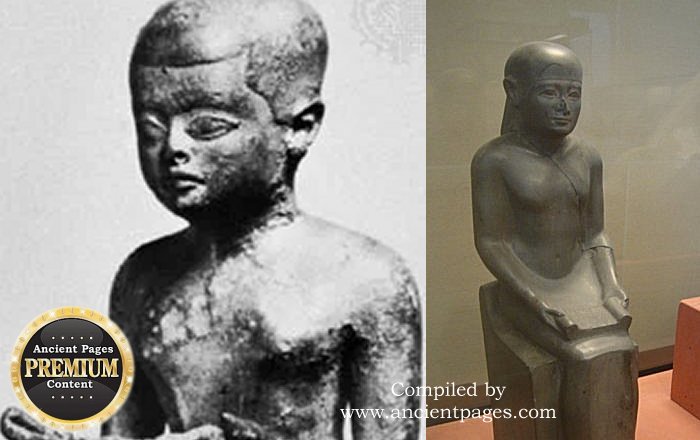A. Sutherland - AncientPages.com - He was well-known for his intelligence and wisdom. Imhotep, or "he who comes in peace," was an ancient Egyptian genius and the great architect of the world's first known monumental stone building, the Step Pyramid at Sakkara.
A Great Mind Of Ancient Egypt
Born in the 27th century BC in Ankhtowe, a suburb of Memphis, Egypt, Imhotep showed he had many talents very early.
Imhotep's father, Kanofer, a celebrated architect, was later known to be the first of a long line of master builders who contributed to Egyptian works through the reign of King Darius the First (522–486 BC).
Imhotep followed in his father's footsteps and became even more influential. He was the inventor of the Sakarra (Saqqara) pyramid and the author of ancient wisdom, architect, high priest, physician, astronomer, and writer. His knowledge was so vast that he was later promoted to the status of a god and became worshipped as the god of medicine in Egypt and Greece, where he was identified with the Greek god of medicine, Asclepius.
This is a preview of our premium article available only to members of Ancient Pages.
Become a member to read more - Click here
If you are already a member and have logged in to your account, you can access the article here
See also:
Ancient Mystery Of Pharaohs And Gods With Two Left Or Two Right Hands – A Deeper Investigation
Surprising Ancient Signs Found On The Ceiling Of An Egyptian Temple In Saqqara Could Rewrite History
More From Ancient Pages Library Of Ancient And Unexplained Mysteries








